This was an excellent learning experience. I had so much fun with the coloring with paints, mixing to get the correct values of hues, and I even subconsciously separated my laundry in order of the color wheel. I really loved each part of this project, I’m literally seeing different shades everywhere.
In Phase 1, I got mad I ran out of paint because I was so into the project, that I didn’t wanna stop.
Phase 2 was tricky to my eyes because between the chromatic grays and the muted colors I couldn’t remember which was which, and the lighting in my room made it look pretty identical, but then I saw the lighter values in the muted pieces compared to the chromatic grays.
Thank you, again—to my partner—Ebony, for working with me on Phase 3. This style finally has a name I can place; I’ve seen the swiss style before in movies and noticed it in polaroid label packages. I LOVED THIS PHASE!!! I’m going to print this and hang it on my wall.
I’ve learned no matter how old I get glue and paint always manages to get all over my hands; I’ll be more careful in the future. This project has opened my eyes to new colors, new vocabulary, and new styles. I want to do a LOT more of this type of project.
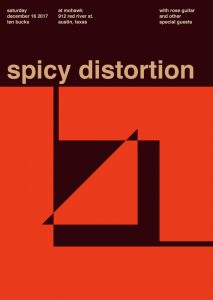
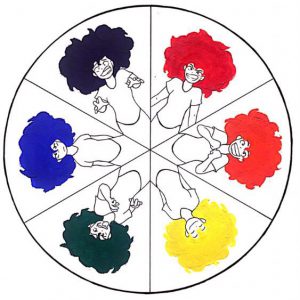
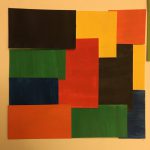
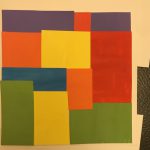
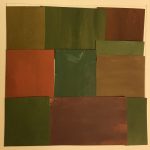
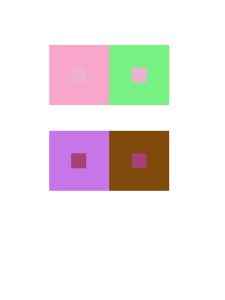
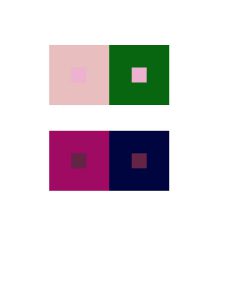
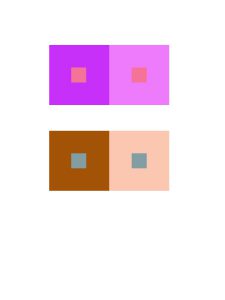
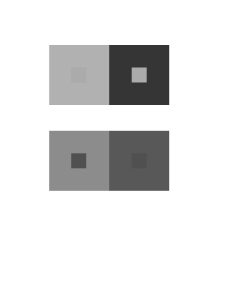
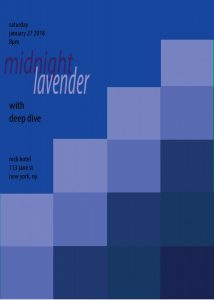
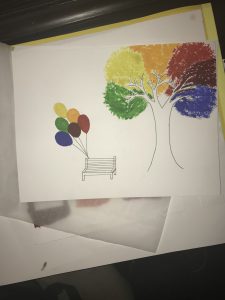
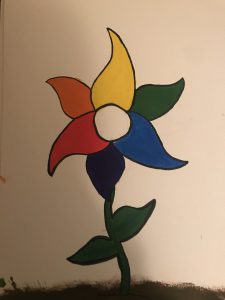



Recent Comments